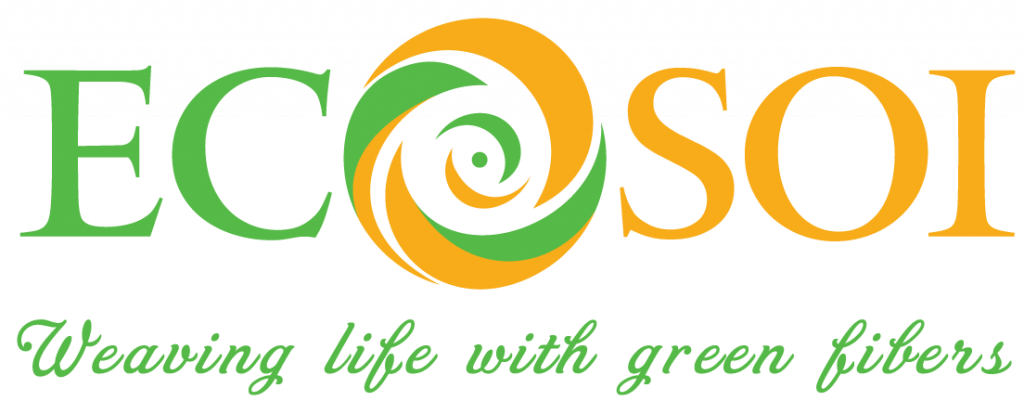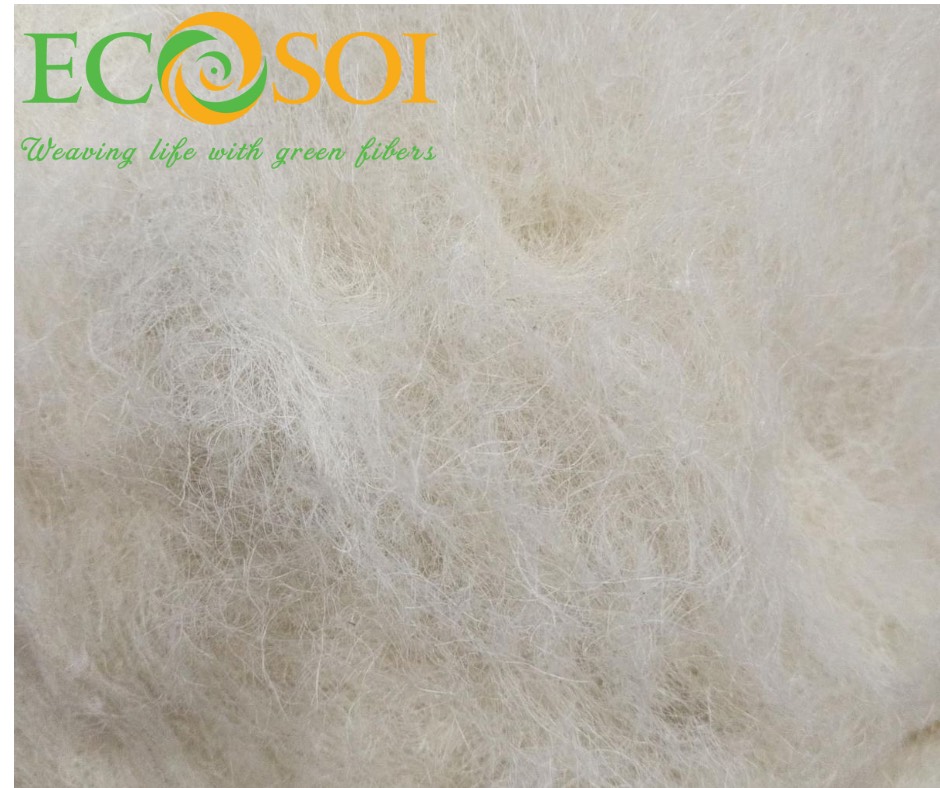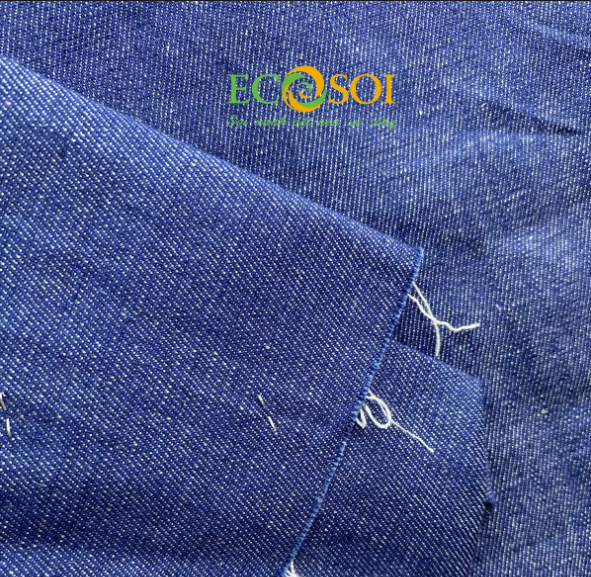DON’T MISS THE OPPORTUNITY TO LEAD THE TREND! Pineapple leaf fiber is more than just a material – it’s an opportunity to...
Difference between Pineapple Leaf Fiber and Other natural Materials
What is the Optimal Choice for Plant-Based Leather Industry?
- Pineapple Leaf Fiber – Outstanding Bio-Based Faux Leather Material
The faux leather industry currently utilizes various materials such as PU (Polyurethane), PVC (Polyvinyl Chloride), mushroom-based leather, and recycled fiber leather. However, not all materials can meet the demands for durability, aesthetics, and environmental friendliness.
In this article, we will compare pineapple leaf fiber with other popular materials, providing businesses with a clear understanding of the outstanding advantages of the sustainable materials
Comparison Table: Pineapple Leaf Fiber vs. Other Faux Leather Materials
Feature | Pineapple Leaf Fiber | PU Leather | PVC Leather | Other Faux Leathers (Mushroom, Cactus, Apple, etc.) |
Durability | Strongest among all natural fibers | Stable but prone to peeling | Prone to cracking and breaking over time | Medium durability |
Breathability | Natural breathability | Not breathable | Impermeable, causing stuffiness | Varies depending on production technology |
Odor Control | Limits unpleasant odors | Retains odors | No odor control | Possible but not common |
Antibacterial Properties | Natural, inhibits mold growth | None | None | Some types have antibacterial properties |
Environmental Friendliness | 100% bio-based, non-toxic | Environmentally harmful when decomposing | Environmentally harmful, difficult to decompose | Eco-friendly but less durable than pineapple leaf fiber |
Applications in Faux Leather Industry | Used in automotive, furniture, footwear | Common in fashion, furniture | Primarily used in low-cost products | Used in high-end fashion |
- Pineapple Leaf Fiber – The optimal choice for Faux Leather Manufacturers
High Durability – Reduces Warranty and Replacement Costs: Pineapple leaf fiber is strongest among all natural fibers, contributing to the extended lifespan, enhanced load-bearing capacity, and reduced damage of faux leather products. This helps businesses reduce warranty costs and increase product value.
Excellent Breathability – Improves User Experience: Unlike PU and PVC that cause stuffiness, pineapple leaf fiber faux leather has higher breathability, preventing moisture buildup and providing comfort during use.
Antibacterial and Odor Control – Enhances Product Safety: Pineapple leaf fiber has natural antibacterial properties, inhibiting mold and bacteria growth, keeping the faux leather surface clean and free from unpleasant odors – something conventional synthetic leathers cannot achieve.
Reduced CO₂ Emissions – Meets Sustainability Standards: The use of pineapple leaf fiber reduces significant CO₂ emissions by eliminating the need to burn pineapple leaves in fields, while also maximizing the utilization of agricultural byproducts, helping businesses meet environmental standards and achieve sustainable development.
- Choosing Pineapple Leaf Fiber – Leading the Trend of Plant-Based Faux Leather
Instead of continuing to use environmentally harmful synthetic faux leathers, businesses in the footwear, furniture, and automotive industries are shifting to sustainable materials like pineapple leaf fiber. This not only offers an eco-friendly solution but also creates a long-term competitive advantage, attracting environmentally conscious consumers.
If you are looking for the high quality pineapple fiber for your innovation, don’t hesitate to contact us now
info@vietnamecofiber.com / +84 978804069




